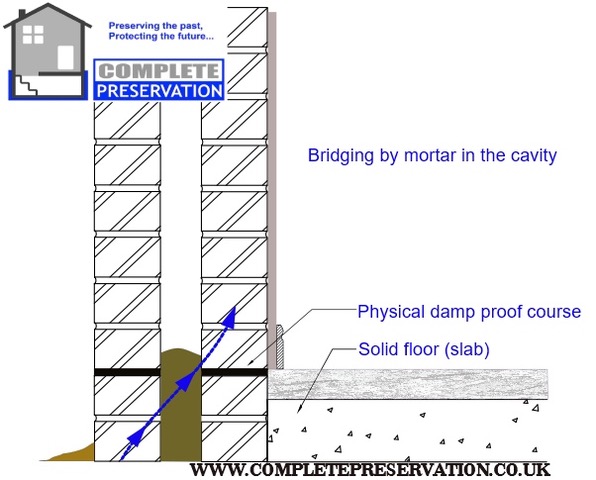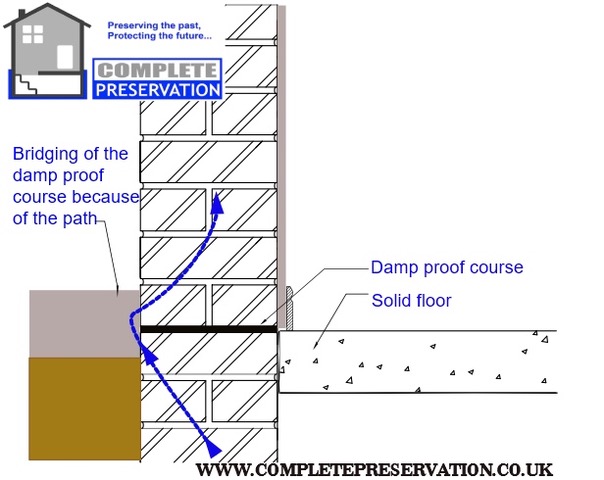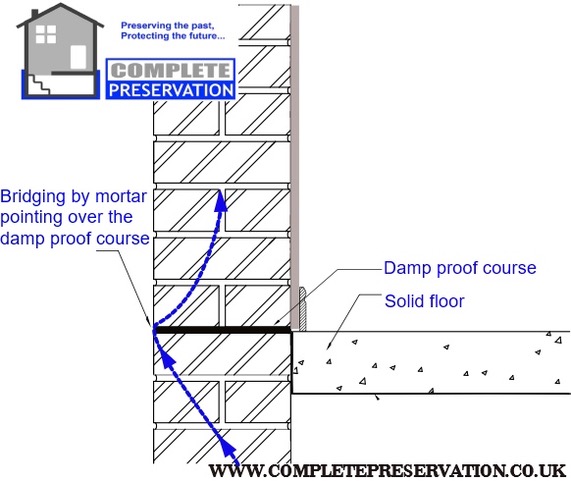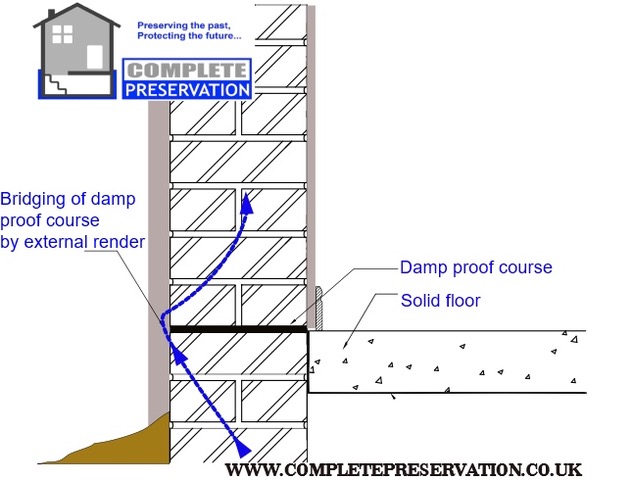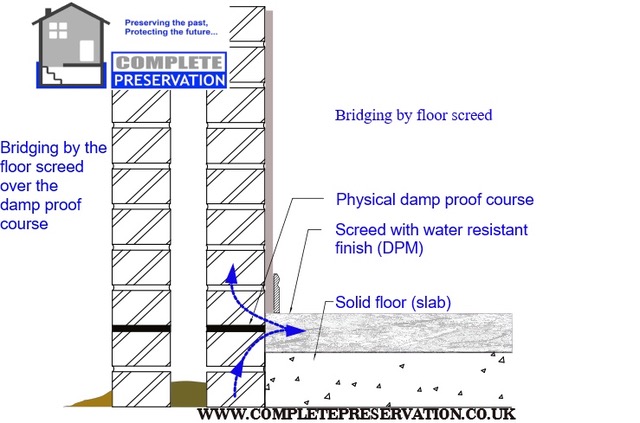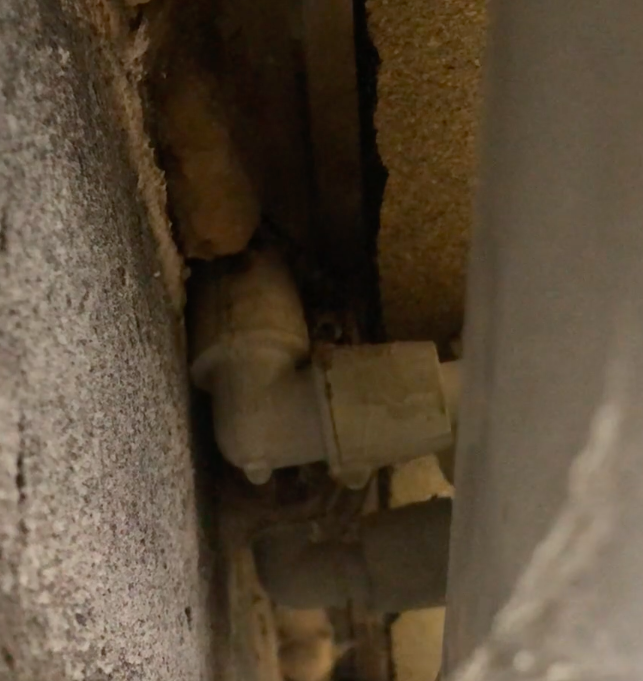What is BRE DIGEST 245
By: admin | Posted on: August 30, 2020
Also called BRE DG 245.
It is part of Building Research Establishment (BRE) digests on authoritative summaries of state of the art on specific topics in construction design and technology. They draw on BRE’s expertise in these areas and provide essential support for all involved in design, specification, construction and maintenance. This particular document can be purchased direct from BRE for just £15.00 here https://www.brebookshop.com/details.jsp?id=287528
This Digest considers the causes of dampness in walls and offers a positive method for diagnosis of rising damp. It suggests possible remedial measures that can be taken to avoid rising damp such as providing a complete moisture barrier by insertion of a physical damp-proof course or the non-traditional method of chemical injection. The repair of plaster damaged by damp is also discussed.
Mechanism of rising damp
For water to rise in a wall, a supply must be available at the base. If the ground surrounding the wall is saturated, this condition is achieved, but if the ground is not saturated the soil will exert a suction that will oppose
the upward capillary pull on the water in the wall. This suction is approximately equivalent to the negative pressure exerted by a column of water extending from the base of the wall to the water table. If the water table falls, the height of the moisture in the wall will drop to a new level provided there is sufficient time for equilibrium to become established. Each period of heavy rain on the ground at the base of the wall will produce a temporary condition of saturation and the water level in the wall will begin to rise again.
The level to which it rises depends on two factors: the amount of evaporation of water from a wet wall and on the resistance to the flow of moisture up the wall. If this resistance is high (as in a material with many fine pores), the effect of evaporation is most marked reducing the appearance of rising damp, but if the wall material has many coarse pores, the height of dampness will be only slightly affected by normal rates of evaporation.
Increasing the heat input to the structure will increase the rate of evaporation from the wall surfaces. The overall effect is to increase the rate of flow of water up the wall but because of the resistance to flow this is likely to be accompanied by a reduction in the height to which the moisture extends.
In addition, evaporation will occur from deep in the pores of the plaster so that the rising damp seems to disappear. In summer, hot weather will increase the evaporation rate and lower the water table so the effect of reducing the appearance of the rising damp can be even more striking.
Water drawn from the soil usually contains a low concentration of soluble salts and the rising water will also dissolve salts present in the bricks or the mortar. When evaporation occurs the salt solution becomes more concentrated at the surface and eventually the salts will crystallise out. This tends to block the pores, reducing evaporation and hence raises the level of dampness. These salts may also be hygroscopic and will absorb moisture from the air above some critical value of relative humidity so that the surface becomes wet during wet weather, although this dampness disappears when the air becomes drier again.
All this suggests that under real, dynamic conditions rising damp in a wall is often in a rather sensitive equilibrium which may be considerably disturbed by changes in the heating of the building and in the level of the water table. The presence of hygroscopic salts tends to obscure any drying associated with such changes by keeping the wall more moist than it would otherwise be. If such salts are removed from the surface by removing the old plaster, and the heating system is improved, it is likely that the apparent dramatic improvement in the appearance of the wall surface will give the impression that the rising damp has been cured when this is not actually the case. It is against this background that the correct diagnosis of rising damp becomes important.
BRE DIGEST 245 is the only way to offer quantitative moisture analysis to prove if a wall has rising damp. This is well documented in the British Standard, BS 6576, BS 5250. BRE digest 245 clearly shows multiple pictures of possible causes of rising damp where there is a physical damp proof course installed that has been bridged by one way or another.
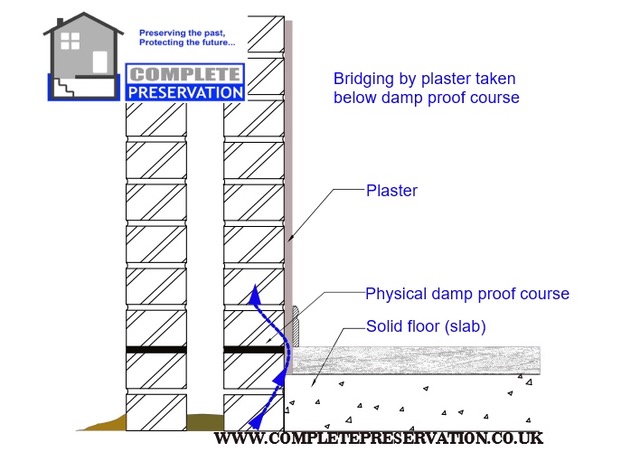
Obviously solid wall properties built before a physical damp proof courses were installed can still have similar causes like high ground levels, modern renders rendered to the floor etc, that can cause rising damp issues. Many older properties also had land drainage incorporated around the property which were installed if an area was deemed to be very wet, which is discussed BRE DIGEST 245. I’ve personally noted this on many of the older historic local buildings I have worked on in the area. This is an extract from my local Bye-laws of the in Warminster Local Board from 1858. Drainage of subsoil and prevention of damp. The house drainage shall be constructed, either with additional eathernware pipe drains or otherwise, as to drain the subsoil of the premises, whenever the dampness of the site appears to the Board to render this necessary; and all the rain-water shall be so drained or conveyed from the roofs of the buildings as to prevent its dripping on to the ground and causing dampness in the walls.
In addition, evaporation will occur from deep in the pores of the plaster so that the rising damp seems to disappear. In summer, hot weather will increase the evaporation rate and lower the water table so the effect of reducing the appearance of the rising damp can be even more striking.
Water drawn from the soil usually contains a low concentration of soluble salts and the rising water will also dissolve salts present in the bricks or the mortar. When evaporation occurs the salt solution becomes more concentrated at the surface and eventually the salts will crystallise out. This tends to block the pores, reducing evaporation and hence raises the level of dampness. These salts may also be hygroscopic and will absorb moisture from the air above some critical value of relative humidity so that the surface becomes wet during wet weather, although this dampness disappears when the air becomes drier again.
All this suggests that under real, dynamic conditions rising damp in a wall is often in a rather sensitive equilibrium which may be considerably disturbed by changes in the heating of the building and in the level of the water table. The presence of hygroscopic salts tends to obscure any drying associated with such changes by keeping the wall more moist than it would otherwise be. If such salts are removed from the surface by removing the old plaster, and the heating system is improved, it is likely that the apparent dramatic improvement in the appearance of the wall surface will give the impression that the rising damp has been cured when this is not actually the case. It is against this background that the correct diagnosis of rising damp becomes important
Experience has shown that it is much more difficult to diagnose the source of dampness in a wall than is generally supposed. It is particularly difficult where the presence of some soluble salts greatly complicates the situation, especially when just a damp meter is being used.
BRE DIGEST 245 is guidance on the diagnosis of rising damp on a rational basis. The basis of the method proposed is to to drill samples, from the wall and measure the free water value and hygroscopic value of the said samples. The aim is to establish whether any dampness damage is caused by rising damp as opposed to other processes, then a location away from other sources like drains, gutter leaks etc. If visible damp or high damp meter readings are located on external and internal walls, ideally many samples should be taken as multiple causes could be causing the symptoms.
Once all of the laboratory analysis is finalised, then we can produce a graph detailing the moisture, and this will help determine the damp issue.
Whilst gravimetric sampling is far superior than using a carbide meter/speedy meter, it is imperative that the guidance in BS: 6576 is used to eliminate other potential causes. An example being that perhaps gravimetrics have proved that rising damp is a cause of the decorative internal spoiling, which is the actual sympton of rising damp. The actual cause of the rising damp could still be something like damaged below ground drainage that would need to subjected to a CCTV drain survey. Gravimetrics and hygroscopic salt analysis sometimes points to there being no nitrates or chlorides present, which then points to drain issues or leaks within the property. This means that finding the root cause, and drying of the building is all that is needed, rather than removing all of the plaster and getting it replaced.
Whilst it sometimes might sound like a slow process and unduly complicated, but no simpler procedure has proved to be reliable.
Some damp issues can cost a small fortune to fix, and so can the amount of errors in damp diagnosis by damp experts. This is why it is imperative that the diagnosis is correct first time.
If you need advice regarding damp issues, give us a shout.
Please don’t contact us for free damp surveys, as this isn’t something we offer. enquiries@completepreservation.co.uk

